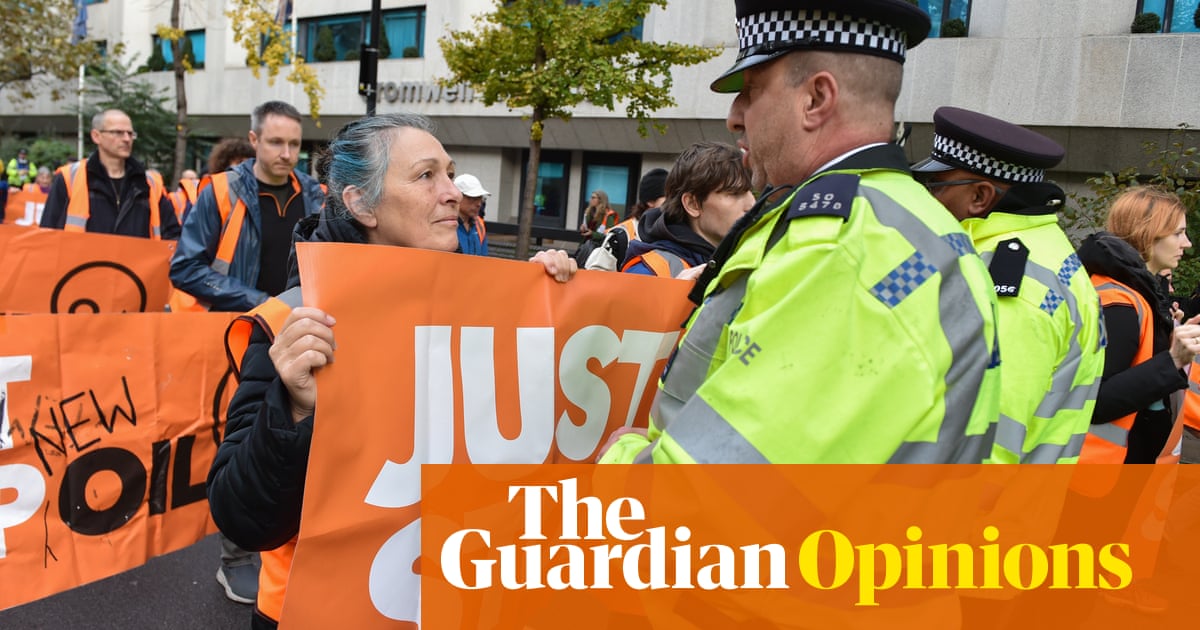
All of humanity could share a prosperous, equitable future but the space for development is rapidly shrinking under pressure from a wealthy minority of ultra-consumers, a groundbreaking study has shown.
Growing environmental degradation and climate instability have pushed the Earth beyond a series of safe planetary boundaries, say the authors from the Earth Commission, but it still remains possible to carve out a “safe and just space” that would enable everyone to thrive.
That utopian outcome would depend on a radical transformation of global politics, economics and society to ensure a fairer distribution of resources, a rapid phase-out of fossil fuels and the widespread adoption of low-carbon, sustainable technologies and lifestyles, it said.
This would probably mean that limits have to be placed on excess consumption and that taxes have to be used to address inequality and raise revenue for investment in technology and infrastructure.
The scale of the required change will alarm many governments, acknowledged one of the lead authors. “It won’t be immediately welcomed. To some extent, it is frightening, but it shows that there is still a space for people and other species,” said Joyeeta Gupta, a former co-chair of the Earth Commission and a professor of environment and development in the global south at the University of Amsterdam.
The paper is a 62-page “thought experiment” by an international team of 65 natural and social scientists that seeks to map out how the world’s 7.9 billion people could remain within safe planetary boundaries while accessing necessary levels of food, water, energy, shelter and transport. It then projects how this may change by 2050, when the population is likely to be 9.7 billion people.
Published in the Lancet Planetary Health journal on Wednesday, the paper first sets a justice “floor” of basic daily living standards – defined as 2,500 calories of food, 100 litres of water, and 0.7kWh of electricity, along with a living area of 15 sq metres and annual transportation of 4,500km (2,800 miles). Then they calculated how much space there was between this and a safety “ceiling” – which was defined by planetary boundaries – that estimated how much humanity can push the climate, ecosystems, nutrients and phosphorus and water sources without destabilising the Earth’s systems.
The results showed that under the current highly unequal, fossil-fuel intensive social and environmental conditions, it is now impossible for all humans to live healthy lives within this “safe and just corridor”. That is underscored by previous studies that show that seven of the eight planetary boundaries have already been breached.
The poor are disproportionately affected. The paper identifies the locations around the world where populations are most vulnerable to harm from climate breakdown, biodiversity loss, pollution and water shortages. This includes India, where approximately 1 billion people are living on degraded land; Indonesia, where 194 million people are exposed to unsafe levels of nitrogen; and Brazil, where 79 million people are exposed to unsafe and unjust levels of air pollution. In China, India and Pakistan, more than 200 million people are also being exposed to dangerously high wet-bulb temperatures with global climate heating of between 1C and 2C above preindustrial levels.
This could be avoided. The study says a safe and just space is still theoretically possible today by reducing the resource use of the top 15% of biggest emitters and rapid adoption of renewable energy and other sustainable technologies.
The longer changes are delayed, the tougher the challenge in the years ahead, particularly with regard to climate. “If significant changes aren’t made now, by 2050 there will be no safe and just space left. That means that, even if everyone on the planet only had access to the resources necessary for a basic standard of living in 2050, the Earth will still be outside the climate boundary,” the report warns.
“The ceiling is so low and floor so high you cannot even crawl through that space,” said Johan Rockström, co-chair of the Earth Commission and director of the Potsdam Institute for Climate Impact Research. He said this “shocking” result should be used as a stimulus for urgent remedial action.
Greater equity is a vital component of the paper’s proposed solutions. “Limiting what is possible for some people allows the opening up of possibilities for others,” the report says. It notes that individuals in economic systems that prioritise public health, equality and democracy tend to have lower consumption levels. By limiting demand, it estimates that emissions could be reduced by 40-80% and have largely positive efforts on human wellbeing.
How to achieve these goals is addressed, with measures including progressive and enforceable taxation, graduated resource pricing, land-use planning, green technologies, and subsidies for sustainable products.
The paper stresses the best chance for change in the near term is at city and business level, which tend to be more nimble than national governments and less beholden to vested corporate interests. But in the longer term, they mention the UN secretary general’s calls for a global solidarity pact and reform of the UN into a more effective Earth governance regulatory body that would quantify the minimum rights of access to resources and develop safe and just guidelines.
The authors said the current global situation of worsening inequality and rising nationalist politics may not seem conducive to achieving the just and safe plan laid out, but governments can change and so can public opinion – particularly at a time of intensifying climate stress.
“That is why this science is important to remind everyone that you should take justice seriously, because otherwise it will hit back in terms of social instability, migration and conflict. If you are a patriot who wants to reduce migration flows, then you had better take global justice seriously,” Rockström said. “Justice is an integral part of safety – and safety is an integral part of justice.”












